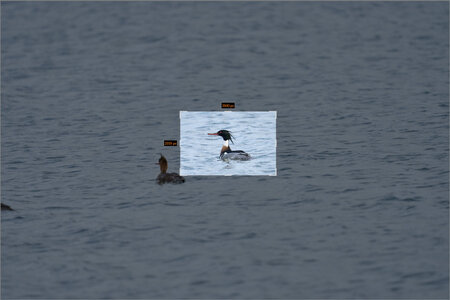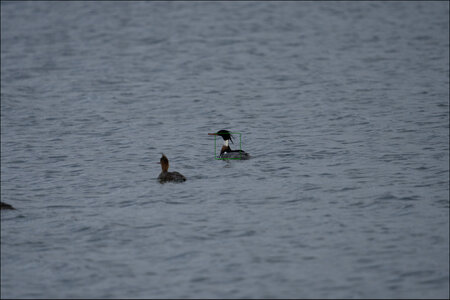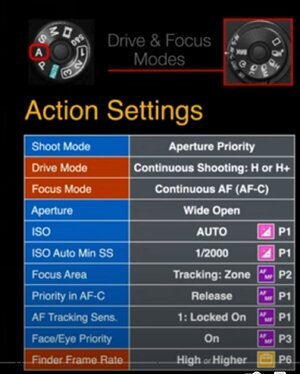Pro Member
- Followers
- 11
- Following
- 6
- Joined
- Jan 19, 2023
- Posts
- 1,000
- Likes Received
- 3,351
- Trophy Points
- 313
- Name
- ST
- Country
- Canada
- City/State
- British Columbia
- CC Welcome
- Yes
Female/Immature Red-breasted Merganser in the rain
I always get a chuckle out of the 'do'.

I always get a chuckle out of the 'do'.
- ILCE-1
- Sony FE 200–600mm F5.6–6.3 G OSS (SEL200600G)
- 582.0 mm
- ƒ/6.3
- 1/2000 sec
- ISO 4000
Last edited:



